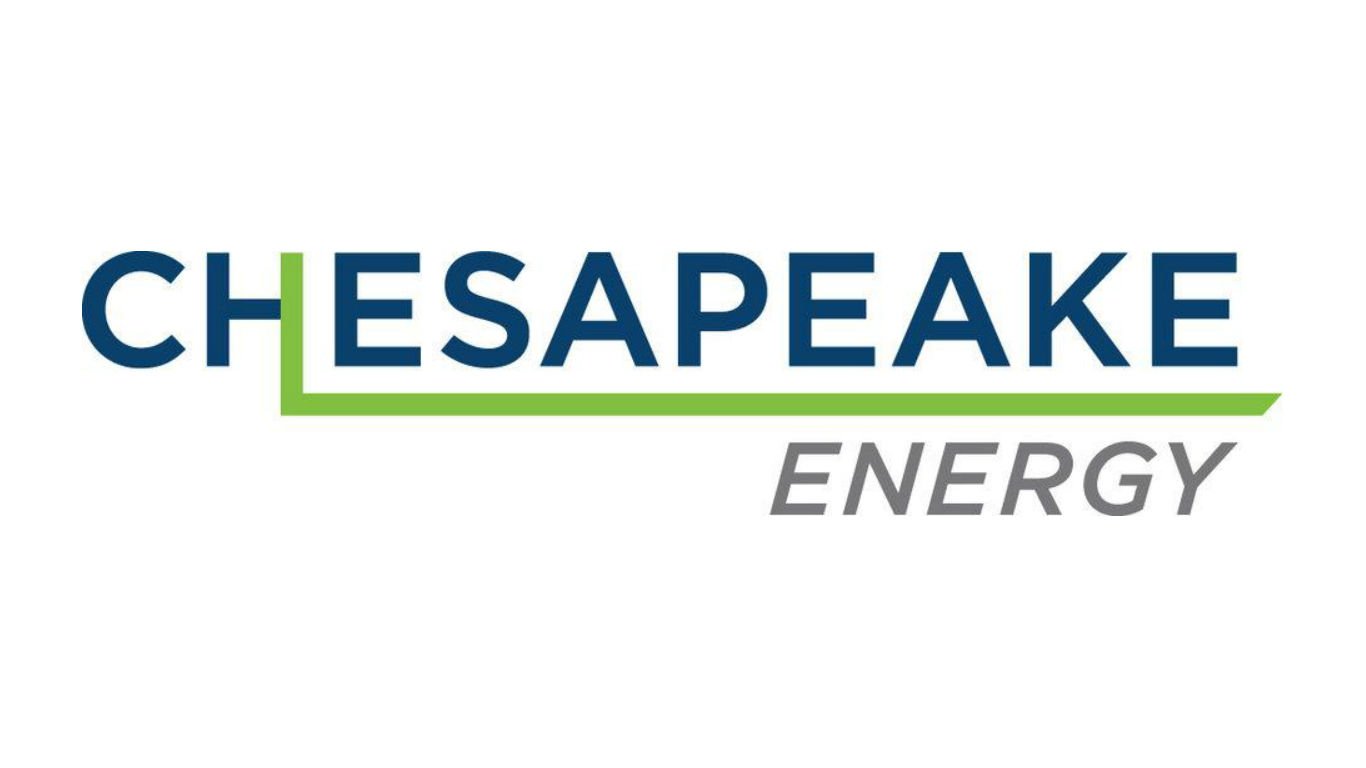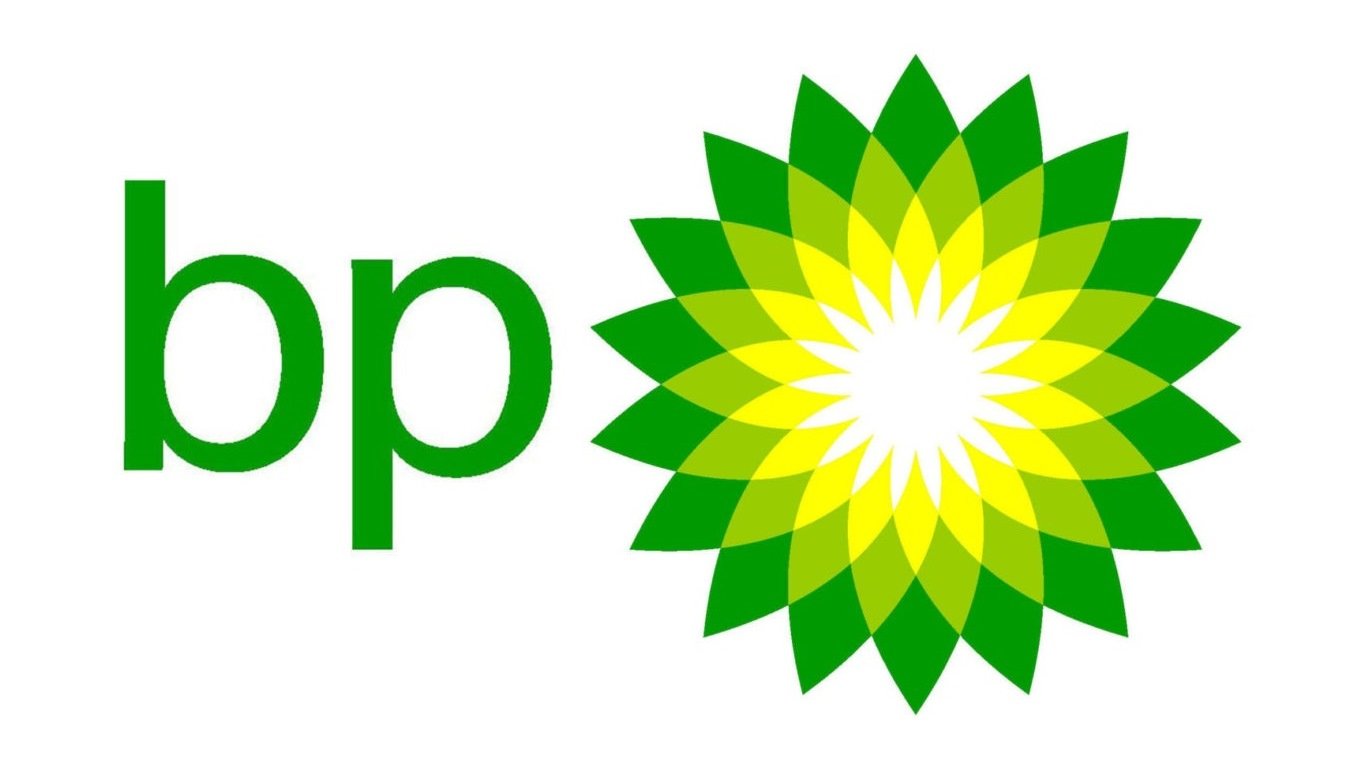

Chesapeake Energy Corp. (NYSE: CHK) shares surged after reporting preliminary data for 2018. What is interesting is that the news of operations might have seen a different reaction back when energy prices were much higher. All in all, Chesapeake’s production was lower, but it was also better than forecast. Chesapeake now plans to run 14 drilling rigs this year, down from a prior level of 18 rigs. Another boost here may be from its hedging activities.
Chesapeake’s news release showed that its estimated average 2018 fourth-quarter production range was approximately 462,000 to 464,000 barrels of oil equivalent per day (BOE/D), and it estimated that its average 2018 fourth-quarter oil production range was approximately 86,000 to 87,000 barrels of oil per day.
Also worth noting was that Chesapeake’s divested Utica oil volumes are said to have been completely replaced by oil volume growth from its Powder River Basin and Eagle Ford Shale plays in the two months after that sale. In the Powder River Basin, it achieved a net production exit rate of approximately 38,500 BOE/D. The company’s Eagle Ford net production averaged roughly 105,000 BOE/D, with about 58% oil, at a rate that was shown to be better than the company had previously expected.
Chesapeake also reported that its estimated 2018 fourth-quarter capital expenditures came to about $545 million, and that includes $50 million of capitalized interest and Utica investments.
The Utica Shale divestment and its debt refinancing have reduced Chesapeake’s level of roughly $2.6 billion in secured leverage. According to the company, that positions Chesapeake with ample liquidity and no significant near-term debt maturities. That said, the company’s year-end debt balance was roughly $8.2 billion, including $419 million that had been drawn on its revolving credit facility. All in, Chesapeake’s total debt was reduced by approximately $1.8 billion from the end of 2017. The company also showed that it has approximately $2.5 billion of available liquidity under its senior secured revolving credit facility.
Chesapeake also is partially hedged to protect against lower prices. The company confirmed that it had downside protection on approximately 590 billion cubic feet of its forecasted 2019 gas production at $2.85 per thousand cubic feet, and it also has downside protection on approximately 16 million barrels of its projected 2019 oil production at $58.61 per barrel. Its oil basis protection was on approximately 7 million barrels of its forecasted 2019 Eagle Ford oil production at a premium to West Texas Intermediate of more than $6 per barrel.
The company will issue more detailed guidance later in the first quarter and expects to close on its WildHorse Resources merger. Doug Lawler, president and chief executive officer of Chesapeake Energy, said of 2018 and the outlook into 2019:
Looking forward to 2019, we are confident in our ability to drive further competitive performance through the quality of our investments and our capital and operating discipline. We have secured a strong hedge position for gas and oil which provides stability and certainty in our cash generating capability. We plan to reduce our 2019 capital expenditures by lowering our rig count by approximately 20 percent, expecting to average 14 rigs versus our current rig count of 18. Further, we expect our capital efficiency to improve in 2019 as total net capital per rig line is projected to decrease by 15 to 20 percent compared to 2018. The improvement in our capital efficiency, along with our focus on our high-margin oil investments, should result in higher operating cash flow and stronger margins in 2019 compared to 2018.
We look forward to consummating the merger with WildHorse Resources and further strengthening our portfolio and competitiveness with another strong oil growth asset. We plan to provide detailed capital guidance for the combined company later in the 2019 first quarter, but at present we anticipate operating four rigs on the WildHorse acreage in 2019. We look forward to further building on our track record of performance in 2019 and are excited to continue demonstrating our leadership and differential competitiveness.
When energy prices are not as strong, sometimes lower production with higher margins is better than just having higher production.
Chesapeake shares were last seen trading up almost 15% at $2.82 on Wednesday, and the trading volume of 50 million shares was already 25% above a normal day’s trading volume in just over the first two hours of the day.
While a one-day price change of 15% is not out of bounds for speculative energy stocks, investors should take notice that Chesapeake’s shares have now recovered a sharp 60% gain from the lows seen just in December.
Take This Retirement Quiz To Get Matched With An Advisor Now (Sponsored)
Are you ready for retirement? Planning for retirement can be overwhelming, that’s why it could be a good idea to speak to a fiduciary financial advisor about your goals today.
Start by taking this retirement quiz right here from SmartAsset that will match you with up to 3 financial advisors that serve your area and beyond in 5 minutes. Smart Asset is now matching over 50,000 people a month.
Click here now to get started.
Thank you for reading! Have some feedback for us?
Contact the 24/7 Wall St. editorial team.
 24/7 Wall St.
24/7 Wall St.

